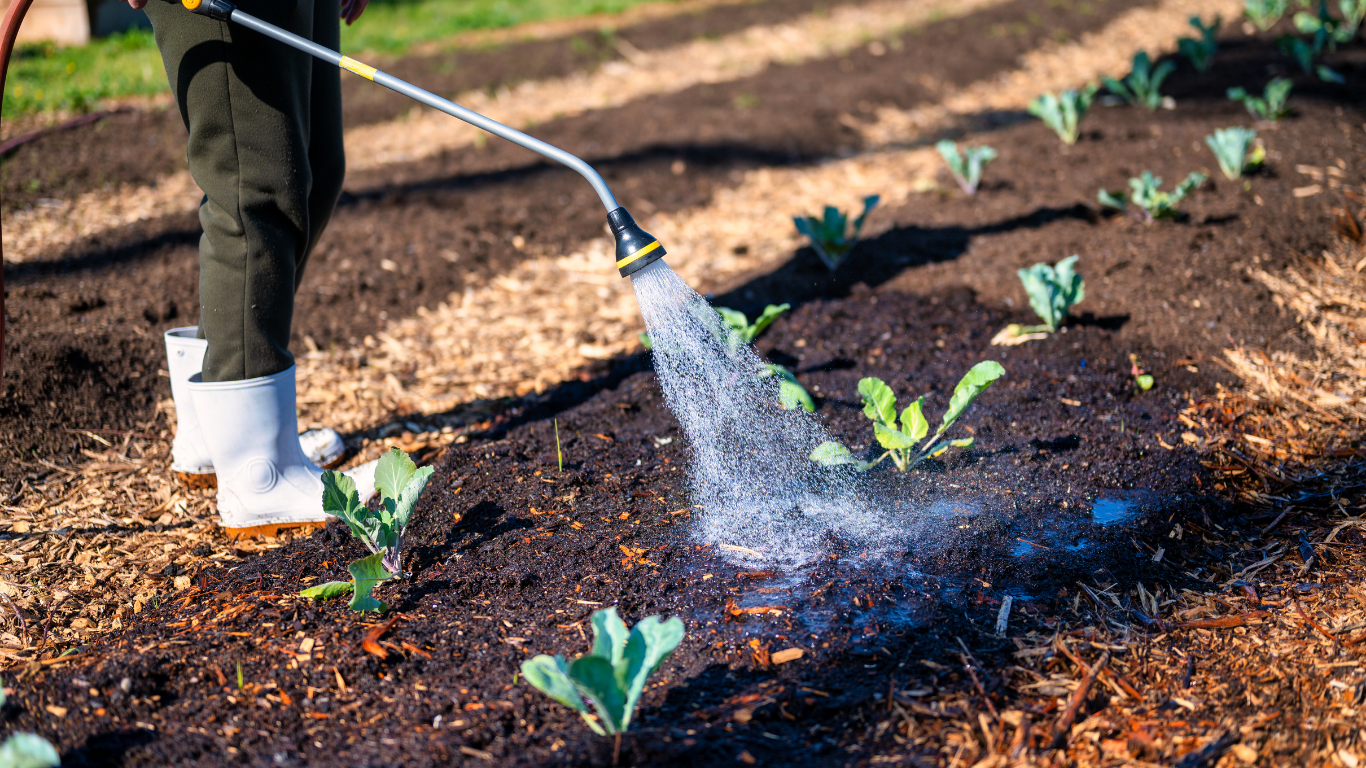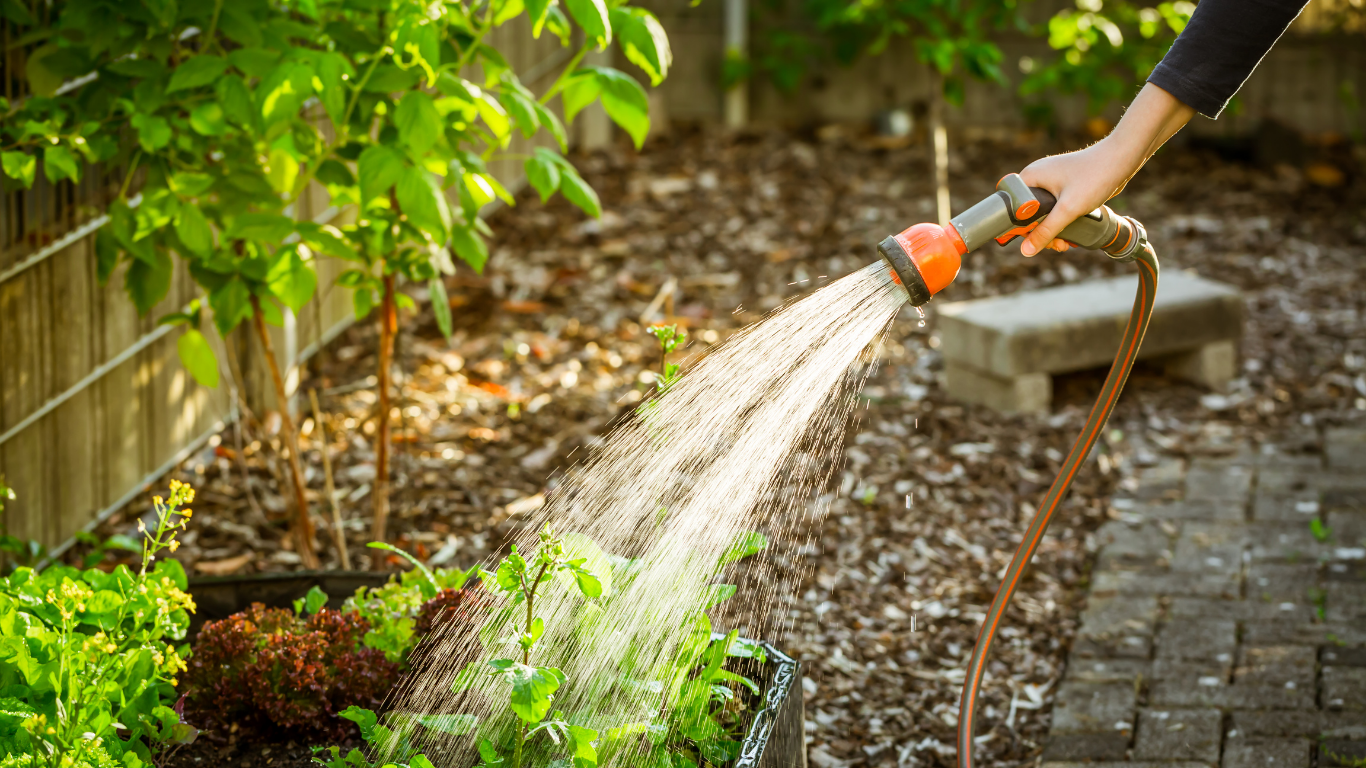Watering New Plantings in Northfield MN
A Guide for Long-Term Success
Proper Watering Sets the Foundation
Newly installed trees, shrubs, perennials, and annuals all have one critical need in common: consistent, appropriate watering. The success of your landscape depends not just on what’s planted — but on how it’s cared for in the first few weeks and months after installation.
At Landscape Gal, we guide homeowners throughout Northfield, Rice County, and the southern Twin Cities metro through best practices for watering new plantings. Whether we’ve just completed your installation or you're adding a few plants on your own, this guide will help ensure lasting success.
Why New Plantings Need Special Attention
When a plant is installed — whether from a container, balled and burlapped, or bare root — it experiences stress. It must adapt to a new environment, develop new roots, and balance moisture needs in unfamiliar soil.
Key reasons new plants fail include:
- Inconsistent watering (too much or too little)
- Poor soil drainage
- Overhead irrigation that leads to leaf disease
- Lack of water during hot or windy conditions
With a proper watering schedule, these problems are easily avoided.
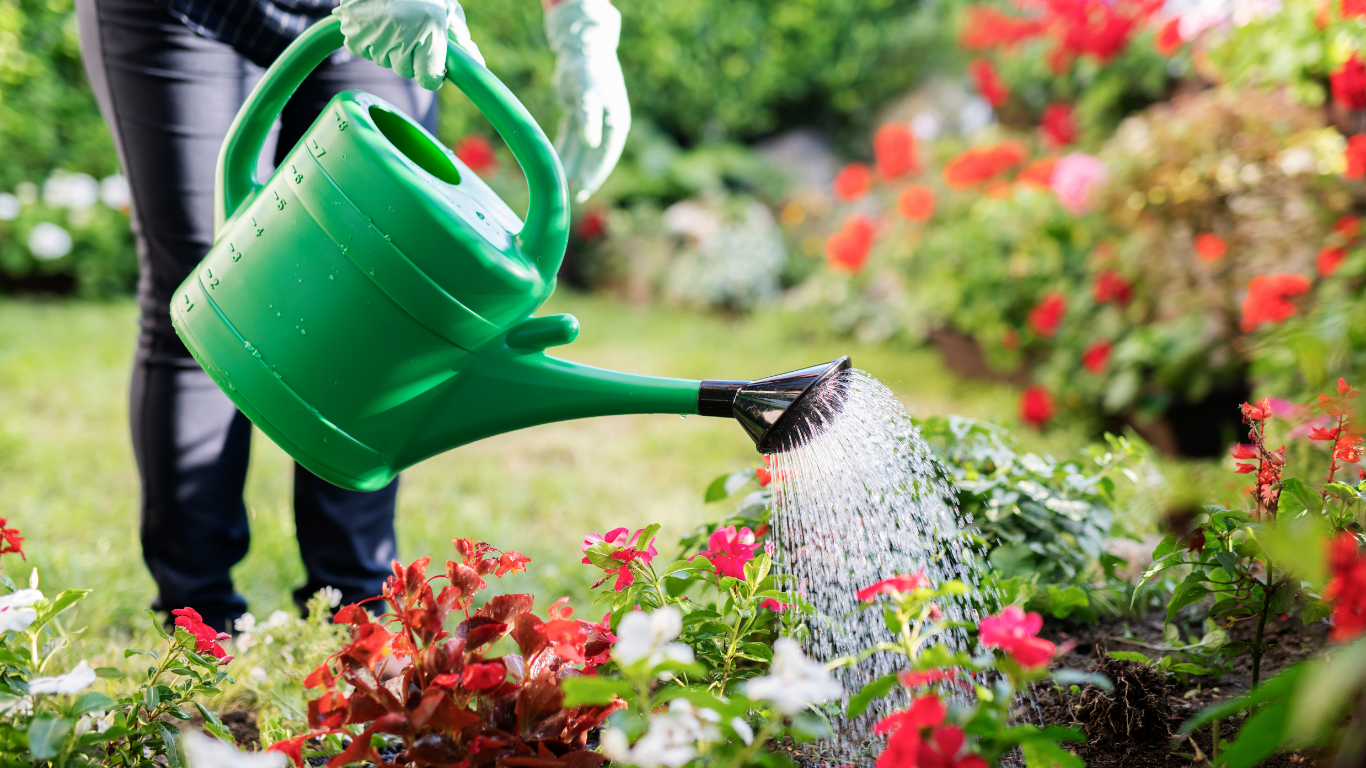

How Long Do New Plants Need Extra Water?
Generally, the more woody or deep-rooted a plant is, the longer its establishment period.
- Annuals & small perennials: 2–4 weeks of daily monitoring
- Larger perennials & ornamental grasses: 4–6 weeks
- Shrubs: 6–12 weeks
- Trees: Up to 1 full growing season (especially in hot/dry weather)
Remember: these are guidelines. Every site is different. Soil type, sun exposure, slope, wind, and rainfall all affect how quickly plants establish.
Best Practices for Watering New Plantings
Watering Frequency
- Water
deeply and slowly — not just a quick sprinkle
- Check moisture
daily for the first 1–2 weeks after planting
- Transition to every other day, then every 3–4 days after 3–4 weeks
- Use
fewer, deeper waterings to encourage root growth
Watering Amounts
- Perennials: ~½–1 gallon each, depending on size and soil
- Shrubs: 1–5 gallons depending on size
- Trees: 5–10 gallons per week minimum, or more in heat
Time of Day
- Early morning is ideal — soil absorbs moisture efficiently
- Avoid watering during hot midday sun or late at night
- Never water foliage in the evening, as it promotes fungal issues
Watering Techniques and Tools
Soaker Hoses and Drip Lines
- Best for large beds and shrub groupings
- Deliver water right to the base of plants
- Prevent runoff and keep leaves dry
Watering Bags (for trees)
- Slow release around trunk zones
- Help prevent runoff or overwatering
- Especially helpful during vacations or dry spells
Hand Watering
- Use a hose with a soft shower nozzle
- Target the base of each plant — not the foliage
- Allow time for water to soak in — don’t rush
How to Know If You’re Watering Correctly
Overwatering and underwatering can show similar symptoms. Use your hands and eyes to judge.
Signs of underwatering:
- Wilting leaves, especially in afternoon
- Dry, cracked soil
- Leaves dropping early
Signs of overwatering:
- Yellowing leaves
- Mushy soil or pooling water
- Fungal growth or rotting stems
Mulching Makes Watering More Effective
Applying a layer of mulch around your new plantings will help:
- Conserve moisture by reducing evaporation
- Suppress weeds that compete for water
- Moderate soil temperature
- Prevent erosion on slopes or high-traffic areas
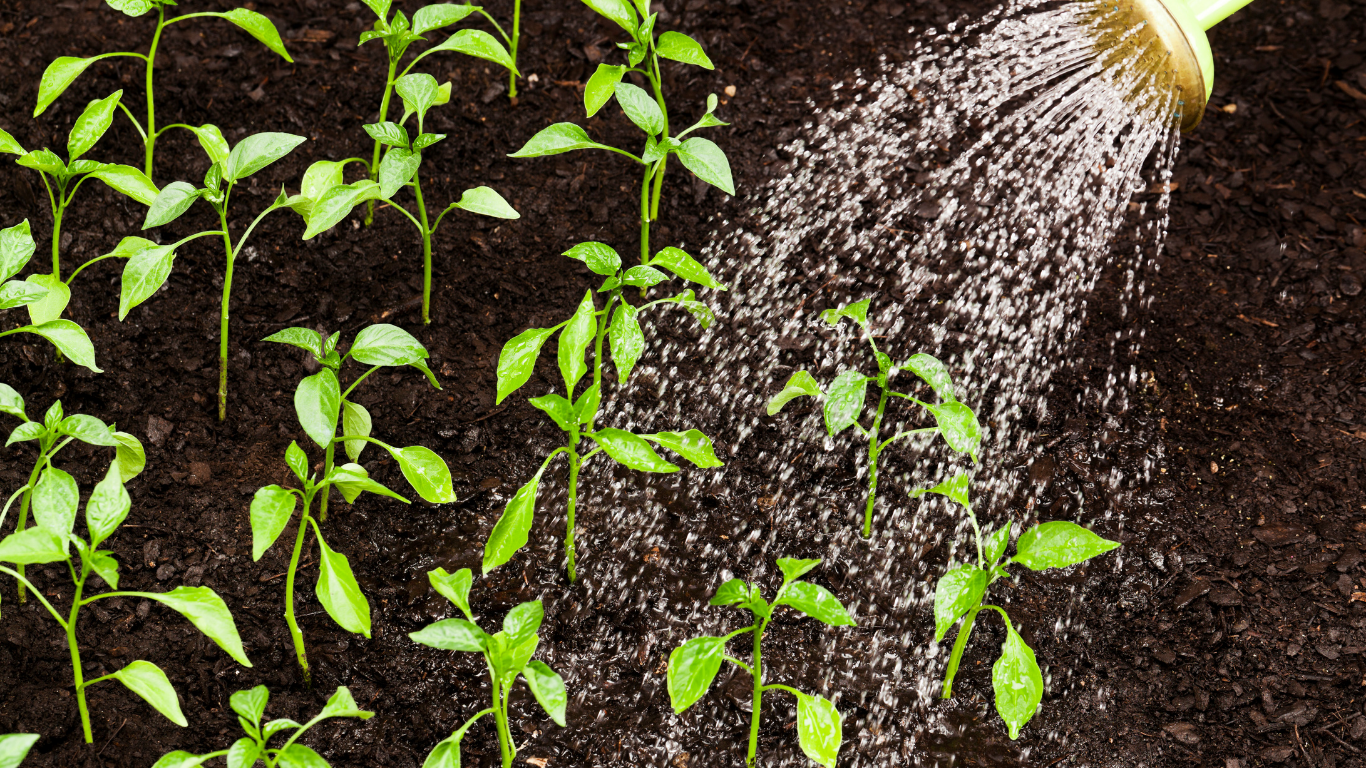
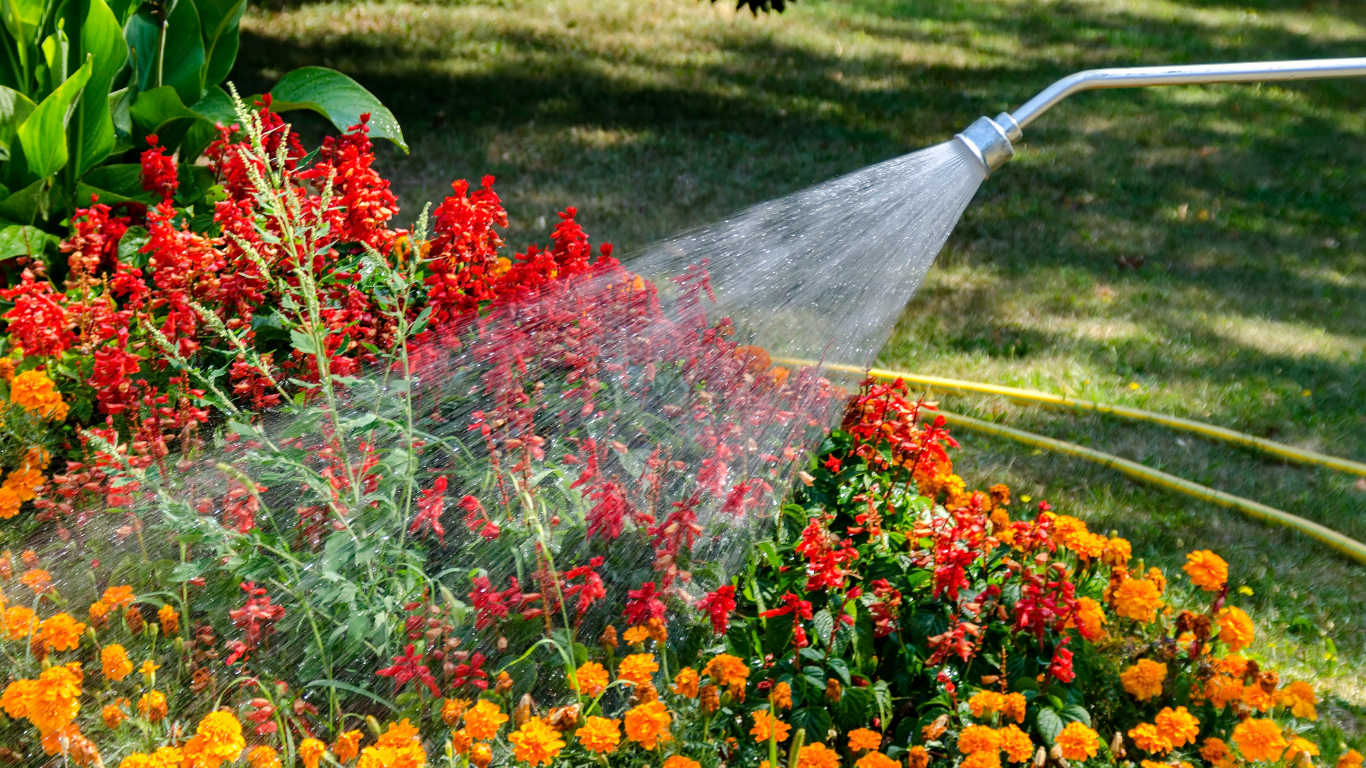
Adjusting for Rain and Weather
Not all rain counts. A brief sprinkle or storm may not reach root depth.
- Use a
rain gauge to track weekly precipitation
- Reduce supplemental watering only if 1 inch or more of
slow, soaking rain falls
- Increase watering during hot, windy, or drought conditions
- Sandy soils drain faster and may require more frequent attention
Don’t assume your plants are watered just because it rained.
FAQs – Watering New Landscape Plants
Can I use a sprinkler for new plantings?
Not recommended. Sprinklers waste water through evaporation, often miss roots, and wet foliage — leading to mildew and disease.
How long should I water trees with a watering bag?
Typically, fill once every 3–5 days for the first 6–8 weeks. Adjust based on weather and soil moisture.
What if my soil is clay and stays wet?
Improve drainage before planting. For now, reduce watering frequency but still water deeply when needed. Always check soil before watering.
Do established plants need the same attention?
No. Once plants are established, they need much less supplemental water. Monitor only during drought or extreme heat.
Contact Landscape Gal
3343 Union Lake Trl, Northfield, MN 55057
Monday–Friday, 7:30am – 5:30pm

